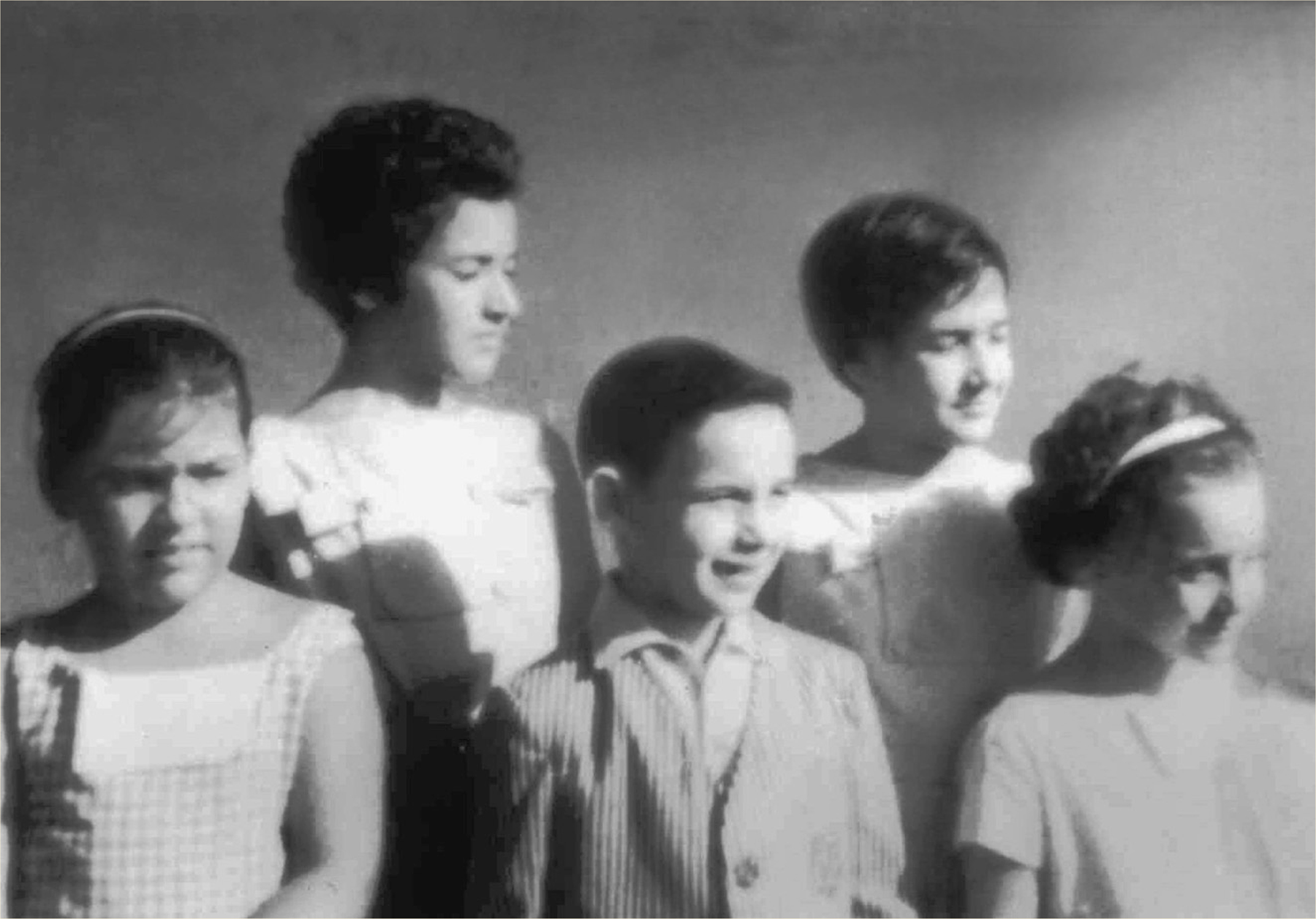Seeking the American Promise: “Operation Pedro Pan: Young Political Refugees Take Flight”

Six-
On a different flight that summer, ten-
María and Carlos were just two of more than fourteen thousand unaccompanied children, ages six to eighteen, who left Cuba as part of a special U.S. government–
The U.S. government had already made unusual accommodation for the large exodus of adults fleeing Cuba after Fidel Castro came to power in 1959. Assuming that the refugees would return as soon as Castro’s government fell, the United States relaxed immigration restrictions for Cubans, allowed refugees to work, and authorized millions of dollars in relief and resettlement funds for people “subjected to the captivity of Communist despotism.” The U.S. government felt an obligation to shelter Cubans who had worked in the government or military of deposed dictator Fulgencio Batista, who had been a close U.S. ally. Many other Cubans who fled after the revolution had worked for U.S.-owned businesses. Still others were wealthy landowners, business owners, and professionals. By the fall of 1962, 248,000 Cubans had chosen to flee communism, furnishing the United States with a powerful symbolic statement of Cold War politics.
An even more potent symbol was Operation Pedro Pan, with its implication that Castro’s Cuba had to be truly terrible for parents to part with their children, even though they expected to see their children soon. Cuban parents who opposed Castro feared not for their children’s lives, but for their minds. Public schools in Cuba reportedly taught an escalating rhetoric of revolution, while private schools were shut down. Compulsory military service for boys and summer programs relocating teenagers to jobs teaching literacy in the rural countryside threatened parental rights to determine their children’s activities. Relatively prosperous Cuban families did not benefit from Castro’s reforms, which focused on improving health and education for the impoverished masses. Their fears of socialized child rearing were reinforced by a program of disinformation allegedly broadcast from a CIA radio station, which warned parents that “the Revolutionary Government will take [your children] away from you when they turn five and will keep them until they are eighteen.” Rumors of Communist indoctrination ran rampant.
Fear of communism gripped the United States in the 1950s, and the Pedro Pan exodus both demonstrated and heightened that fear. The belief that Communists brainwashed children and turned them against their parents led some Cuban parents to try to save their children by sending them to a country that celebrated freedom. As with the adult refugees who had fled Cuba for the United States, parents of the Pedro Pan children believed that the trip would be temporary, until the fall of Castro’s regime. Most children reunited with their parents in the United States, and some had prominent careers, such as Mel Martinez, who represented Florida in the U.S. Senate. María de los Angeles Torres and Carlos Eire, two among the thousands, grew up to become university professors in the United States. But some of the children, now grown, have questioned whether coming to America was worth the trauma they endured and have speculated that Cold War politics might have shaped the operation more than humanitarian concerns.
Questions for Consideration
- What were the parents of the boys and girls in Operation Pedro Pan trying to save their children from?
- What did the United States stand to gain from harboring Cuban exiles, especially children?
Connect to the Big Idea
In what other ways did anticommunism shape relationships between the United States and Latin American countries?